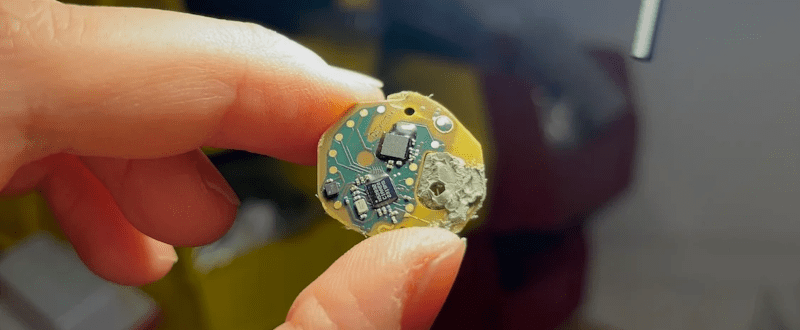
If you’re managing diabetes, you’re likely familiar with the routine of pricking your finger to measure your glucose levels using a meter. Fortunately, technology is advancing, and modern meters require less blood, minimizing the discomfort associated with frequent finger sticks. Nonetheless, testing multiple times daily can still be tough on your fingertips. While continuous glucose monitoring (CGM) systems have been available, they often necessitated a prescription and could be quite pricey. Recently, though, [Andy] has observed the launch of an affordable over-the-counter device known as the Stelo CGM. Intrigued by its design, he set out to explore its inner workings, and now you can discover them too.
If you haven’t yet tried a continuous glucose monitor, it does involve an initial needle prick, but this occurs approximately every two weeks in the back of your arm. The device uses a spring mechanism to insert a needle, which quickly retracts, leaving a tiny catheter in place. This catheter connects to a module that adheres securely to your skin. Although the process may sound slightly uncomfortable, most users find it hardly noticeable, especially when compared to the pain of repeatedly pricking their fingers.
What exactly is housed within the module? Quite a bit! At its core is a coin cell battery. An nRF52832 microcontroller activates every 30 seconds to gather sensor data and sends this information to your smartphone via Bluetooth every five minutes. The device features antennas for both Bluetooth and Near Field Communication (NFC), allowing for easy pairing with your phone or meter. Additionally, there are several custom chips whose functions are yet to be fully understood.
[Andy] notes that the battery life could be extended beyond the device’s two-week lifespan. Factors like the chemicals used, the adhesive properties, the necessity to cleanse the application site (typically alternating between arms), and considerations for battery life during storage may make the two-week duration appear prudent, if a bit conservative.
It’s remarkable to consider that we live in an era where such sophisticated technology can be viewed as disposable. Continuous glucose monitoring presents a complex challenge, often referred to as a hard problem. Ultimately, our goal is to achieve what many refer to as an artificial pancreas.









